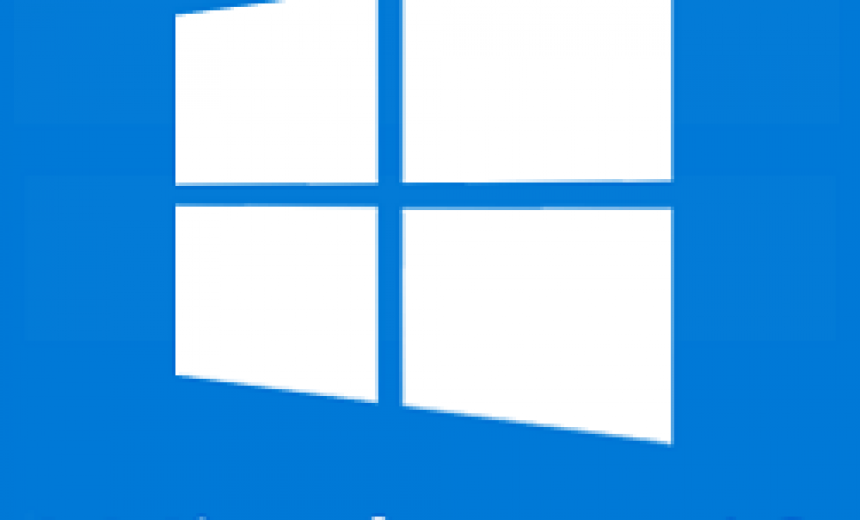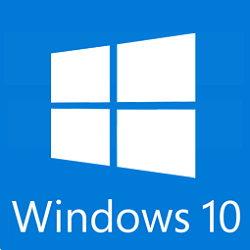Difference Between Windows 10 Home and Windows 10 Pro Edition

As you may know, Windows 10 Home operating system (OS) comes preinstalled on most new computers from Dell, HP, and other vendors. People, especially those who are not working in the Information Technology (IT) field, often wonder what’s the difference between Windows 10 Home and Windows 10 Pro and which is the right OS for them to use. The primary difference between Windows 10 Home and Windows 10 Pro is that Windows 10 Home is designed for home use and Windows 10 Pro is designed for business use. There are a couple of additional editions for businesses, namely Windows 10 Workstation and Windows 10 Enterprise. Visit this page for a comparison of Windows 10 Home, Windows 10 Pro, Windows 10 Pro for Workstation, and Windows 10 Enterprise editions.
Almost all the people that I know in IT, use Windows 10 Pro at home because of the more advanced features it offers, such as RDP for remote connectivity to other computers, and BitLocker for drive encryption. It’s also very common for people in technology to have home networks (for personal or business reasons), so having Windows 10 Pro makes sense because they can use Hyper-V and run multiple virtual machines on one computer and join their computers to their own Active Directory domains. None of this is possible with Windows 10 Home edition.
Did you know that you can update your Windows 10 Home to Windows 10 Pro for free, if you have a licensed and activated copy of one of the following?
|

The following table provided by Microsoft compares Windows 10 Home to Windows 10 Pro. I’ve only listed the main features. For description of each feature and more detailed up-to-date information, please visit this page on Microsoft’s website.
| Windows Feature | Windows 10 Home | Windows 10 Pro | Comments |
| Windows Core Features | |||
| Battery saver mode | X | X | |
| Cortana digital assistant | X | X | Not available in all regions. |
| Digital pen & touch | X | X | Pen capable tablet or PC required. Pen accessory may be sold separately. |
| Microsoft Edge | X | X | |
| Mobile device connectivity | X | X | Requires linking Android or iPhone to Windows PC in PC settings to get device connectivity features. |
| Voice recognition | X | X | Hardware dependent. Available on limited select devices supporting far-field capabilities. |
| Windows Security Features | |||
| BitLocker and BitLocker to Go** | X | BitLocker encryption protects your data even on lost or stolen devices. Requires Trusted Platform Module (TPM) 1.2 or greater for TPM based key protection. See my note after this table. | |
| Device encryption* | X | X | Requires modern hardware (InstantGo/AOAC/HSTI-compliant). See this page for more information. |
| Firewall and network protection | X | X | |
| Internet protection | X | X | |
| Parental controls/protection | X | X | |
| Secure Boot | X | X | |
| Windows Defender Antivirus | X | X | |
| Windows Hello | X | X | Requires specialized hardware when used with biometrics (fingerprint reader, illuminated IR sensor, etc.) |
| Windows Information Protection (WIP) | X | Protects against data leakage automatically in the background without interfering with user’s work. | |
| Windows Server Update Service (WSUS) | X | WSUS allows deployment of Microsoft product updates to multiple computers in a business environment. | |
| Business Management and Deployment Features | |||
| Assigned Access | X | ||
| Dynamic Provisioning | X | ||
| Enterprise State Roaming with Azure | X | Requires Azure AD Premium or Enterprise Mobility + Security (EMS) license. | |
| Group Policy | X | ||
| Kiosk mode setup | X | ||
| Microsoft Store for Business | X | Available in select markets. Functionality and apps may vary by market and device. | |
| Mobile Application Management (MAM) | X | With MAM, employees can use their personal devices to access work apps and content without IT help. | |
| Mobile Device Management (MDM) | X | Requires an MDM product such as Microsoft Intune or other 3rd-party solutions (sold separately). | |
| Support for Active Directory | X | ||
| Support for Azure Active Directory | X | ||
| Windows Update for Business | X | ||
*There are two types of encryption options available on Windows 10 computers. One is called “device encryption”, and the other is called “BitLocker device encryption.” Check out this article to understand the difference between the two.
**Modern BitLocker management requires Microsoft Intune and Windows 10 update 1909 or later.
Last Update: November 4, 2020
| Thanks for reading my article. If you are interested in IT training & consulting services, please reach out to me. Visit ZubairAlexander.com for information on my professional background. |
Copyright © 2019 SeattlePro Enterprises, LLC. All rights reserved.


